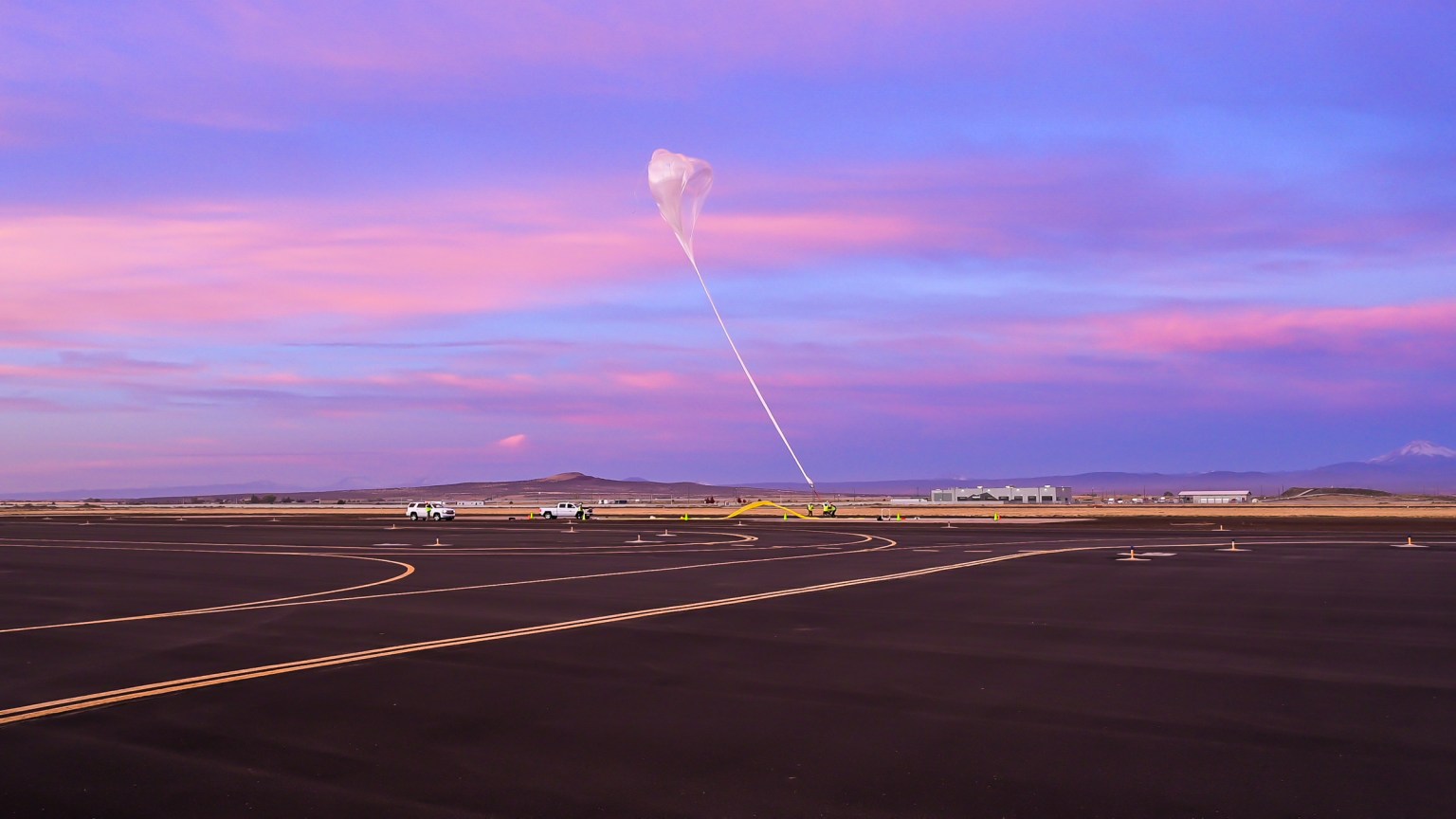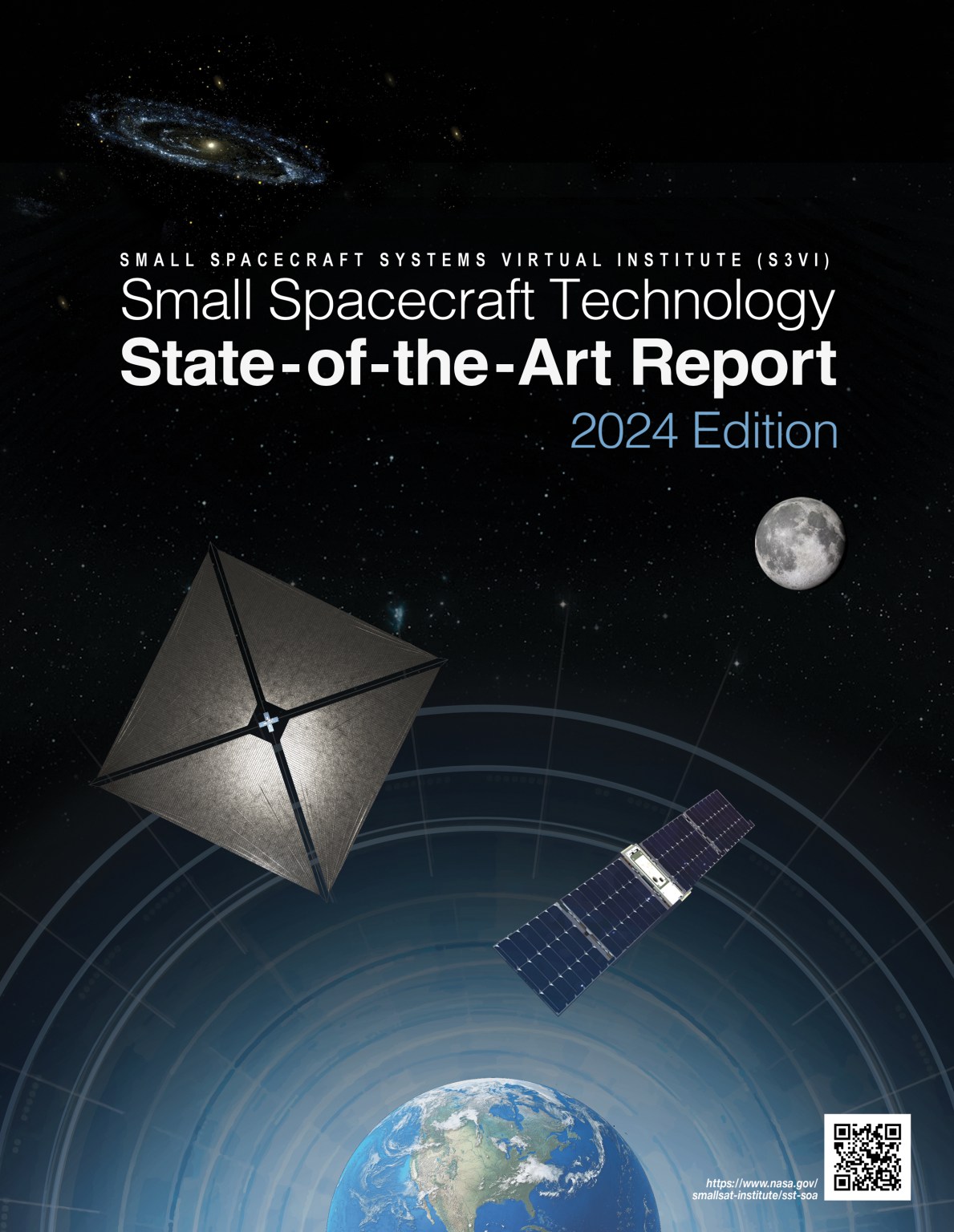NASA has selected eight university teams to collaborate on the development and demonstration of new technologies and capabilities for small spacecraft. Each of the university teams will be working with engineers and scientists from NASA on two-year projects beginning this fall.

These collaborations are directed toward making small spacecraft, some of which weigh only a few kilograms, into powerful and affordable tools for science, exploration, and space operations. This is the third round of projects selected under the Smallsat Technology Partnerships initiative, managed by the Small Spacecraft Technology Program within NASA’s Space Technology Mission Directorate (STMD). Eight projects that were selected in 2015 are getting ready to begin their second year, and some of the projects selected in 2013 are preparing for space flight demonstrations.
“There is a vibrant small spacecraft community within America’s universities, and with this initiative NASA seeks to continue and increase our collaboration with that community,” said Andrew Petro, program executive for the Small Spacecraft Technology Program. “The universities will benefit from the deep experience that NASA has in space research and technology, while NASA will benefit from fresh ideas and cost-conscious innovation at the universities.”

This year, proposals were requested in four topic areas:
- Enhanced power generation and storage
- Crosslinking communications systems
- Relative navigation for multiple small spacecraft
- Instruments and sensors for small spacecraft science missions
The following university teams were selected from a large and competitive pool of proposals:
- Rochester Institute of Technology, Rochester, New York – nanotechnology for satellite power systems
- University of Miami, Coral Gables – batteries built into spacecraft structure
- University of California, Irvine – multi-directional laser communications receiver
- University of Florida, Gainesville – improvements in laser communications
- Massachusetts Institute of Technology, Cambridge – processing sensor data for satellite navigation
- Stanford University, California – miniature satellite navigation system
- Arizona State University, Tempe – high frequency instruments for remote sensing
- University of Michigan, Ann Arbor – small magnetometer
The selected project teams will have the opportunity to establish a cooperative agreement with NASA, through which each university will be funded up to $100,000 per year. As part of the agreement, NASA experts across the country will collaborate in the project work, including researchers and technologists at Goddard Space Flight Center in Greenbelt, Maryland, Ames Research Center in Moffett Field, California, Glenn Research Center in Cleveland, Kennedy Space Center in Florida, and Jet Propulsion Laboratory in Pasadena, California.
The Small Spacecraft Technology Program develops and demonstrates new capabilities employing the unique features of small spacecraft for NASA’s missions in science, exploration and space operations. The program also seeks to use small spacecraft as platforms for testing and demonstrating technologies and capabilities that might have applications in spacecraft and systems of any size.
Small Spacecraft Technology Program 2016 Selections
For more information about selected teams and projects for the Smallsat Technology Partnerships, visit:
https://www.nasa.gov/directorates/spacetech/small_spacecraft/projects-missions.html
For information about NASA’s Space Technology Mission Directorate, visit:





























